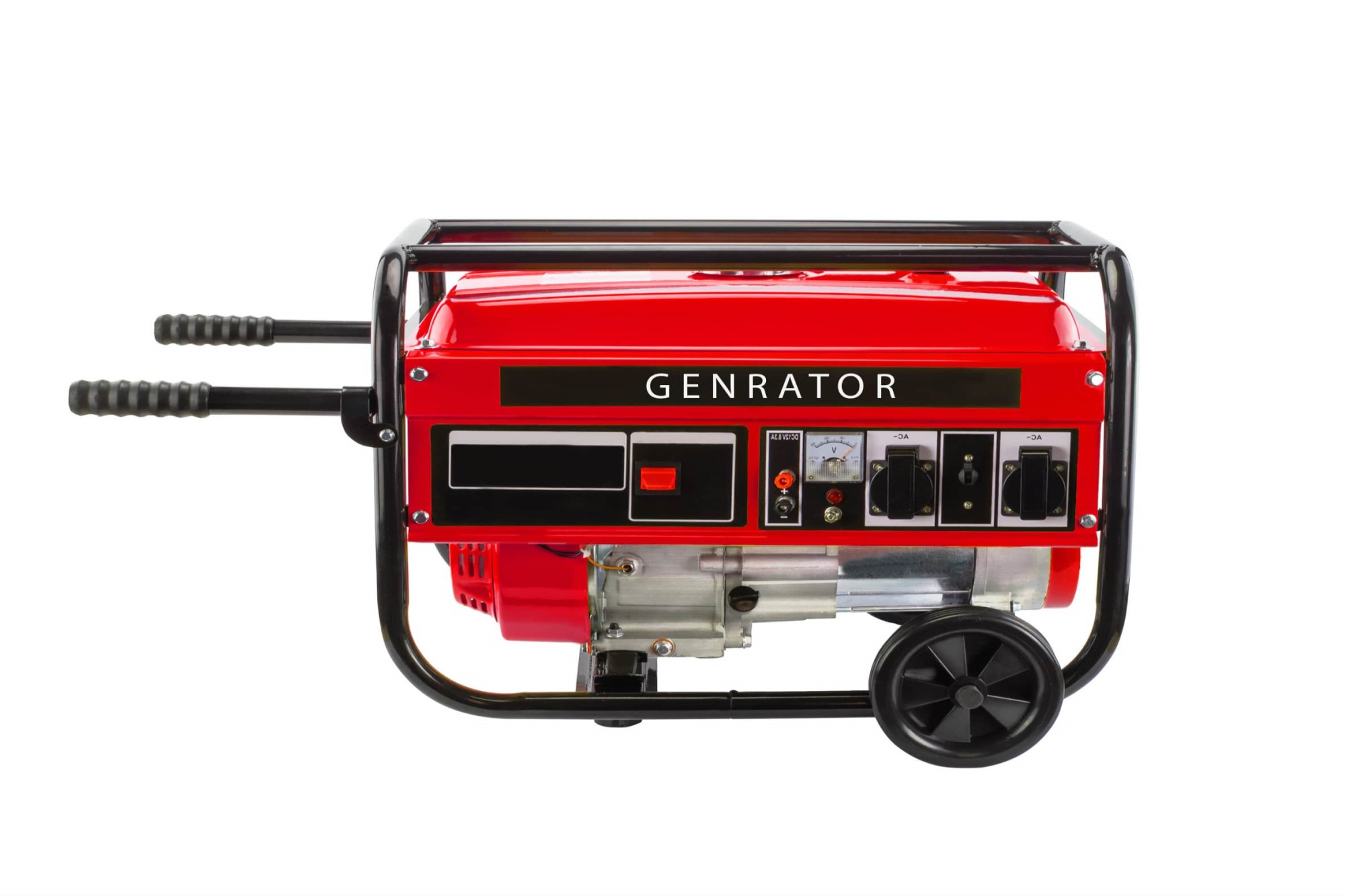GNRC Class Action Lawsuit – Generac Lawsuit
A GNRC class action lawsuit (Generac Class Action Lawsuit) has been filed on behalf of investors who purchased Generac Class Action Lawsuit (GNRC) securities between April 21, 2021 – November 1, 2022, inclusive. For more on the GNRC Lawsuit please contact us today.
Is There A GNRC Class Action Lawsuit?
GNRC:NYSE Class Action Lawsuit (GNRC) was filed on December 1, 2022 on behalf of the shareholders.
On August 1, 2022, when Pink Energy filed a lawsuit against Generac, revealing that the Company’s “defective” SnapRS components caused millions of dollars of damage, giving rise to liability that threatened Pink Energy’s solvency (the “Pink Energy Complaint”).
The disclosures in the Pink Energy Complaint caused the price of Generac shares to decline by $3.31 per share. The liability created by defective SnapRS components ultimately forced Pink Energy to declare bankruptcy on October 7, 2022.
In the wake of Pink Energy’s bankruptcy, on October 19, 2022, Generac revealed that it had taken “pre-tax charges totaling approximately $55 million, including approximately $37 million of clean energy product warranty-related matter and approximately $18 million of bad debt expense related to a clean energy product customer that has filed for bankruptcy.”
The $37 million charge related to warranty expenses appears to reflect Generac’s belated acknowledgment of its increased liability to redress defective SnapRS units. The $18 million charge related to “bad debt expense” reflects receivables owed by Pink Energy, and possibly other partners or customers burdened with defective SnapRS products, that would not be paid.
The October 19 disclosures caused the price of Generac shares to decline by $37.44 per share, or 25%.
On November 2, 2022, Generac released its earnings results for the third quarter of 2022, and lowered sales guidance on its solar energy business for the remainder of the year by approximately 40%.
On a conference call with investors and analysts held that same day, Generac’s CEO, attributed the lowered guidance to “the loss of a major customer during the quarter, along with the specific warranty-related issue”—i.e., the defective SnapRS component and the Pink Energy bankruptcy that resulted directly from that defect.
Analysts expressed shock upon learning how dependent Generac’s clean energy business was on Pink Energy, with several analysts noting that investors had not been told of the significant concentration of that business with a single partner.
As a result of these disclosures, the price of Generac shares declined by $8.99 per share, or 8%.
What is the Generac Lawsuit About?
The Generac Class Action Lawsuit (NYSE:GNRC) (Generac Class Action Lawsuit) was filed after the market closed on November 1, 2022.
On August 1, 2022, when Pink Energy filed a lawsuit against Generac, revealing that the Company’s “defective” SnapRS components caused millions of dollars of damage, giving rise to liability that threatened Pink Energy’s solvency (the “Pink Energy Complaint”).

How Much Did Shareholders Lose In GNRC Stock?
Shareholders who held GNRC securities saw decline by $3.31 per share. The liability created by defective SnapRS components ultimately forced Pink Energy to declare bankruptcy on October 7, 2022.
The October 19 disclosures caused the price of Generac shares to decline by $37.44 per share, or 25%.
As a result of November 20 disclosures, the price of Generac shares declined by $8.99 per share, or 8%.
Is There A Deadline For The GNRC Lawsuit?
What Is The Generac Lawsuit Complaint?
According to the Generac lawsuit, throughout the Class Period defendants made false and/or misleading statements and/or failed to disclose that:
(1) despite defendant’s claims that “safety is paramount”, Generac’s SnapRS units, which are components for rapidly shutting down solar devices in certain dangerous situations, were defective;
(2) Generac did not timely record warranty liabilities resulting from the defective SnapRS units; and,
(3) despite assurances to the contrary, the Company’s sales to channel partners were highly concentrated in a single partner.
If you suffered a loss in GNRC, you have until January 30, 2023 to request that the Court appoint you as lead plaintiff. Your ability to share in any recovery doesn’t require that you serve as a lead plaintiff.
Class Action Lawsuit Attorney
Levi & Korsinsky, Securities Class Action Attorney, for over the past 20 years, has secured hundreds of millions of dollars for aggrieved shareholders and built a track record of winning high-stakes cases. Our firm has extensive expertise representing investors in complex securities litigation and a team of over 70 employees to serve our clients. For seven years in a row, Levi & Korsinsky has ranked in ISS Securities Class Action Services’ Top 50 Report as one of the top securities litigation firms in the United States.
What Is The Lead Plaintiff Process?
THE LEAD PLAINTIFF PROCESS: According to the Private Securities Reform Act of 1995, any investor who bought or acquired GNRC securities in the Class Period may apply for appointment as a lead plaintiff. The lead plaintiff is usually the movant who has the most financial interest in the relief sought. However, he or she must also be typical or adequate to the putative classes. The GNRC class-action lawsuit is directed by the lead plaintiff. To litigate the Generac Class Action Lawsuit, the lead plaintiff may choose any law firm it wishes. The ability of an investor to share in any future recovery is not tied to being the lead plaintiff in the GNRC Class Action Lawsuit.
What Does GNRC Do?
Generac Holdings Inc. designs, manufactures, and sells power generation equipment, energy storage systems, and other power products for the residential, and light commercial and industrial markets worldwide. The company offers engines, alternators, batteries, electronic controls, steel enclosures, and other components.
It also provides residential automatic standby generators ranging in output from 7.5kW to 150kW; air-cooled engine residential standby generators ranging from 7.5kW to 26kW; liquid-cooled engine generators with outputs ranging from 22kW to 150kW; and Mobile Link, a remote monitoring system for home standby generators.
In addition, the company offers various portable generators ranging in size from 800W to 17.5kW; outdoor power equipment, such as trimmers, field and brush mowers, log splitters, stump grinders, chipper shredders, lawn and leaf vacuums, pressure washers, and water pumps; and clean energy solution under the PWRcell and PWRview brands.
Further, it provides light towers, mobile generators, and mobile energy storage systems; commercial mobile pumps and dust-suppression equipment; various gaseous-engine control systems and accessories; light-commercial standby generators ranging from 22kW to 150kW and related transfer switches providing three-phase power for small and mid-sized businesses; and industrial generators ranging in output from 10kW to 3,250kW used as emergency backup for healthcare, telecom, datacom, commercial office, retail, municipal, and manufacturing markets.
Additionally, the company sells aftermarket service parts and product accessories to dealers.
It distributes its products through independent residential dealers, industrial distributors and dealers, national and regional retailers, e-commerce partners, electrical, HVAC and solar wholesalers, catalogs, equipment rental companies and distributors, and solar installers; and directly to end users.
The company was founded in 1959 and is headquartered in Waukesha, Wisconsin.

